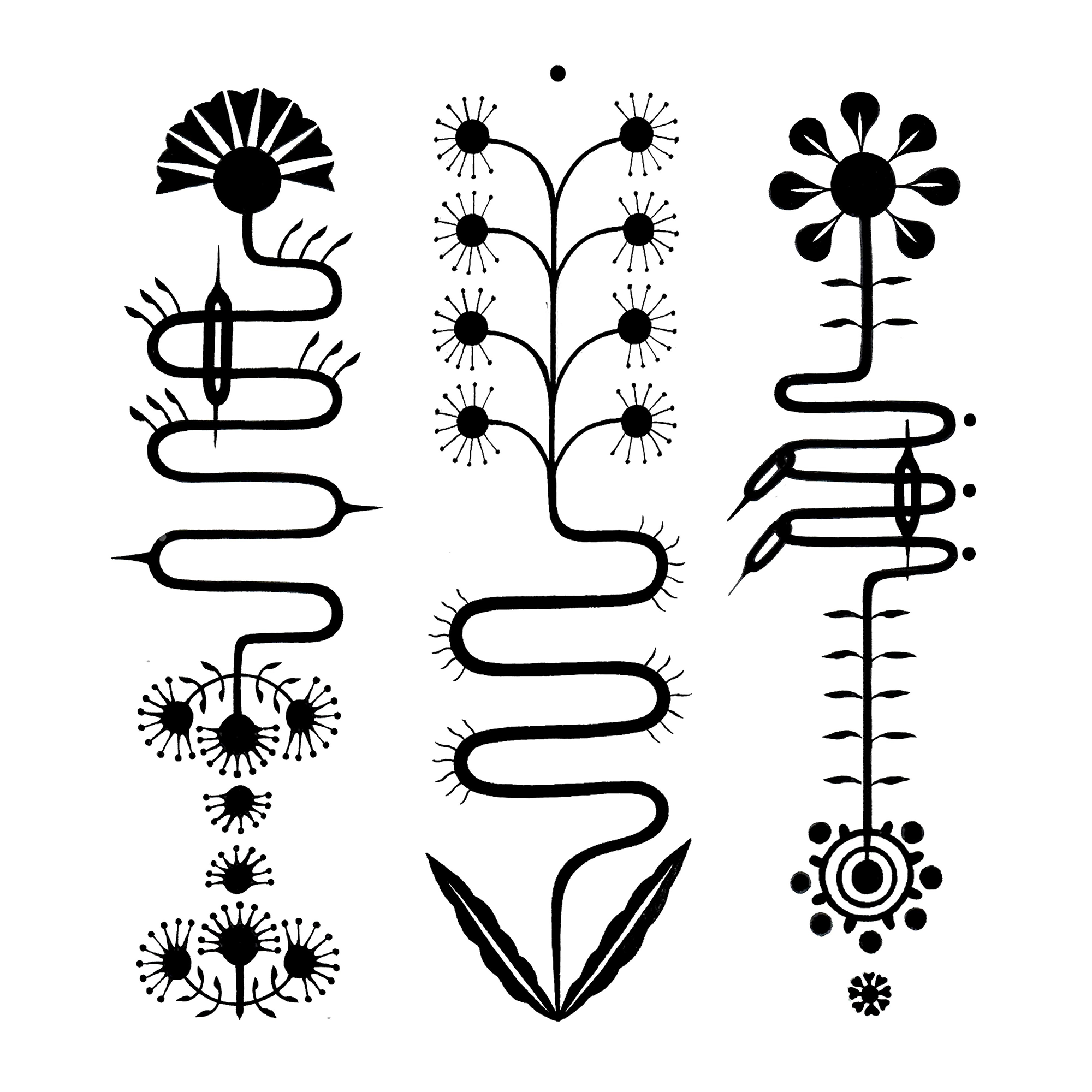This chapter is the text written by curator Heather Anderson for Medusa. It is a minute and a half minutes long.
Ed Pien drew with a knife to create this shimmering tentacular tree with human figures amongst its branches. In 2004, Pien, who immigrated from Taiwan to Canada as a child, made a research trip to China where he encountered a spectacular cut-paper piece while visiting a temple. He began experimenting with the ancient Chinese art of papercutting, which dates back to the Northern and Southern Dynasties (385-581 AD).
The monumental tree, figures and ropes in Medusa reference La pendaison (1633), a renowned etching by French artist Jacques Callot and American artist Nancy Spero’s Maypole: Take No Prisoners (2008), a sculpture comprising a central pole hung with colourful ribbons and cut aluminum heads. While Medusa shares these artworks’ indictment of violence, Medusa is also inspired by Pien’s experience of fireflies amongst ancient trees in Italy: a captivating homage to trees as more-than-human beings.
Please move to the next stop. It is a straight line to your right for 7 metres. At the stop, turn left.

This chapter describes Plans for Tee-pee at the First Native Business Summit by Bob Boyer, created in 1986, measuring 38 by 50 cm. It...

This chapter is the text written by curator Heather Anderson for Untitled. It is a minute long. Kim Moodie is known for his highly...

This chapter is the text written by Mckenzie Holbrook for Glade and House. It is a minute long. With its rhythmic brushstrokes and monumental...